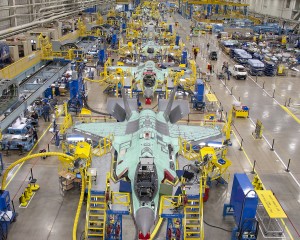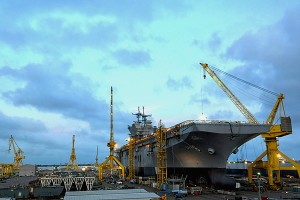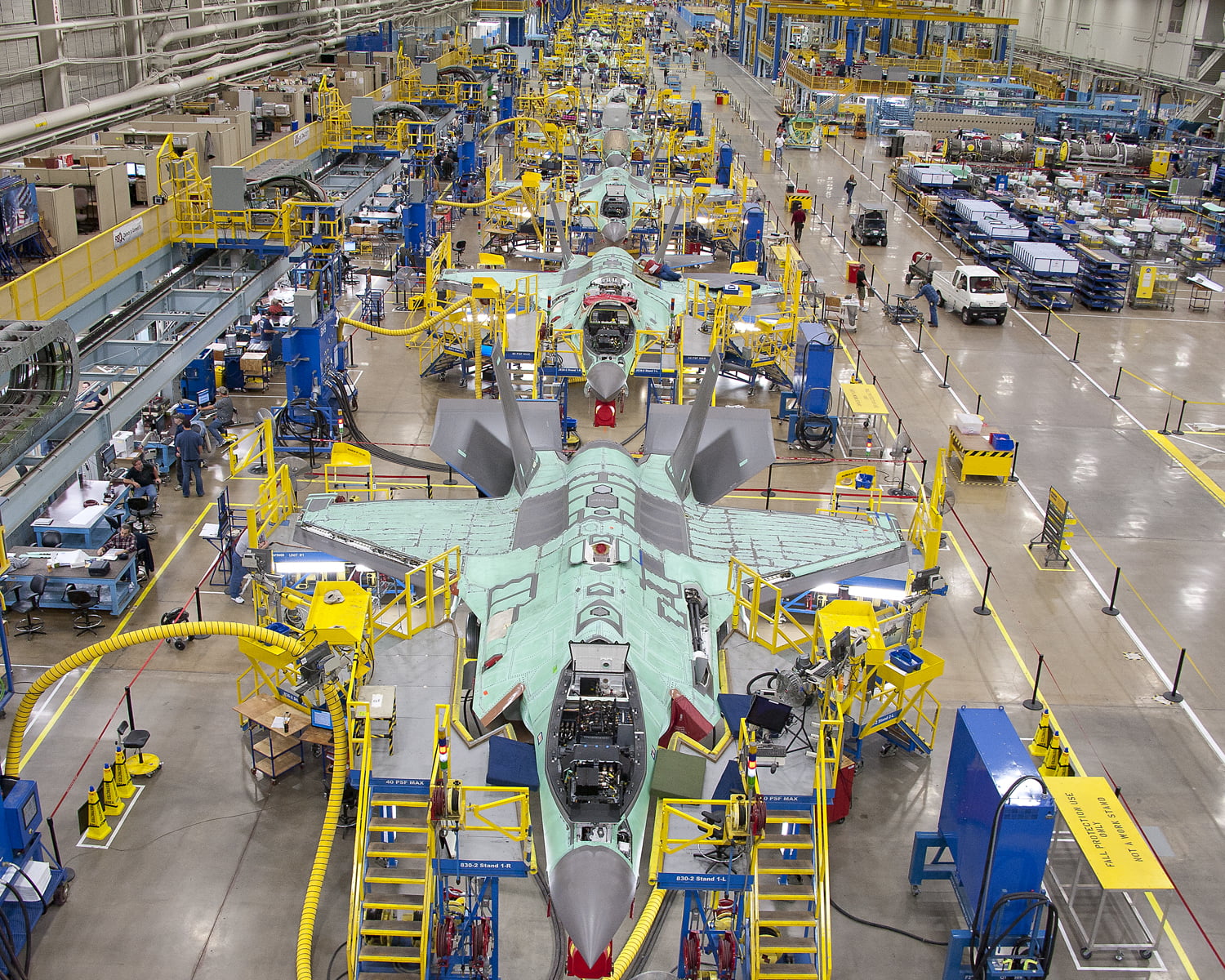2012-10-17 by Michael Wynne, the 21st Secretary of the Air Force
In a speech at the Virginia Military Institute, Governor Mitt Romney began a great conversation about the United States role in the world going forward. How this conversation is framed will influence many emerging international realities.
In fact in the book The World America Made, Robert Kagan underscores how central the United States has been to shaping what is often called the positive good of the global commons. But this comes at a price.
If America were indeed to commit “preemptive superpower suicide,” the world would see the return of war among rising nations as they jostle for power; the retreat of democracy around the world as Vladimir Putin’s Russia and authoritarian China acquire more clout; and the weakening of the global free-market economy, which the United States created and has supported for more than sixty years. We’ve seen this before—in the breakdown of the Roman Empire and the collapse of the European order in World War I.
http://www.goodreads.com/book/show/13329906-the-world-america-made
And this is not just occurring in books, but in the thinking of US allies. For example, the Australian Defense White Paper made a strong charge that America was essentially abandoning the field of the pacific to the Chinese; and that sparked an announced pivot towards Asia, that placed a Marine unit in Australia; and shifted future force structure away from Europe.
This reaction to a complaint by an ally in public underscores a real need to re-evaluate the strategic defense posture going forward.
The latest salvo came from the North Koreans, who in response to an apparent public request from the United States that South Korea upgrade its missiles to extend to all of North Korea, announced in turn that its missiles could target the US Mainland.
In previous times the South Koreans would have made such a decision by themselves; knowing that the US was fundamentally underwriting their defense structure. But the US has steadily been withdrawing forces and turning the defense of the peninsula over to the South Koreans.
With that in mind, why not wait for the US to make the request?
Again with that in mind; the North Koreans want to assert that they can hold US policy hostage to their threat.
The Japanese are in successive confrontations with each of their neighbors over isolated rock formations that China, South Korea; and Japan want to extend their territorial control and perhaps the mineral wealth that lies beneath.
At a Turning Point
When the U.S. was seen as the strongest, this was not an issue; but with the description by the then sitting Chairman of The Joint Chiefs that our deficit was the number one enemy, it put our major creditor and regional competitor in a global pole position.
Under the previous Defense Secretary and continuing under this administration, we see the fixation with defeating the terrorists groups and a interesting disregard for peer competitors. This unfortunate strategy has dramatically reduced the perceived strength margins, as the time lengthens for upgrading our fifth generation Air Force.

This has left all of the services and our Allies and partners to scramble for upgrades for the increasingly obsolete fourth generation fighter complement. They see our program managers excoriating the sole builder of 5th generation aircraft for perceived faults; and the Congress mandating a slower and slower recapitalization rate.
It is as if the US has all the time in the world to get around to modernization of capability and re-working our allied capabilities. But we do not.
The current policies push needed capabilities ever further in the future as keeping the old alive mortgages the innovation needed now. It is not just a generation change being delayed; it is putting our capacity to lead at serious risk.
Meanwhile the competition continues to prowl our technologies; and make quick moves to bring them to support their strategies. So they fly a prototype over the head of the Defense Secretary who challenged them by saying they were two decades behind.
Secretary Rumsfeld told all of us after Sept 11, 2001 that we needed to thank the prior administrations for laying in the tools and technologies such that we could fight and win anywhere on the globe.
Who can we thank now as each year; the Service Chiefs find their forces aging and getting smaller.
They also feel on a merry go-round, as the fixation with the wars of choice has not allowed for rebuilding an exhausted force structure for deterring future wars not of our choice.
This is not just about the people, and warriors we have in our military; but the technologies that when their courage is synergized with, make them the greatest fighting force on earth.
This is now lacking; and in a worrisome way celebrated by some, made a cornerstone in sequestration by others; and lately become a politicized social program by directing non-compliance with the laws regarding lay-off notices.
When the term ‘strengthen our military’ is used; it begins to beg definition.
This needs analysis to determine just what the priorities are for accomplishing such a slogan?
Did we notice that when Russia’s Rulers were rebooting their armed forces; they effectively reduced their Army strength dramatically, and pushed resources towards the strategic arms of the Navy and the Air Force, not to mention their rocket forces?
This reach for technology is quite instructive; as they were faced with a shortfall in resources and had a loss of face in diplomatic circles; but had a unified zeal to restore their preeminence.
America Talks of being expeditionary; and talks as well of maintaining the freedom of the sea lanes and the air lanes; and reaching back to Mr. Kagan; no doubt this has fostered growth in all parts of the world; even allowing for Tom Friedman’s The World Is Flat; which presumed that these freedoms would be maintained without assigning maintenance responsibility.
This is a decision that is beginning to bind our armed forces.
What is the responsibility for the United States to continue this task; and what part of our tax structure should in fact be dedicated to world commerce freedom?
This is a policy decision, which when coupled with the proper resource allocation has been a by product; an ‘other duty as assigned’ to our historic but steadily eroding strength resident in our strategic military.
With this policy in mind; early advocates for Air Power said that ‘you either dominate the skies or suffer the ones that do’ for the past half century; the United States has worn that mantle; and watched the ‘Dunkirk’s’ when we didn’t.
We have pushed our Navy out to the limits of the oceans; and now into the expanding Northern Passage; and need to ensure that ‘Remember the Maine’ does not get subsumed by ‘Remember the (Air Craft Carrier)’ as the rationale and battle cry for restoring America to its once held lofty position of freedom’s guardian.
Our residual strength is surely being distracted and tested as we hunt for the killers of our diplomatic corps. ‘Muddling Through’; a time tested British Strategy; requires some strength of purpose; and maybe some lethal push back;
The reality is that ‘Laissez Faire’ is more where we are now; awaiting the outcome of a power game in which we are increasingly seen as weak, or perhaps as best ‘observers’.
This weakness can be viral if flare-ups occur elsewhere.
Advocates of ‘Peace through Strength’ like to recall Ronald Reagan’s admonition during his debate as never hearing that too much strength was the cause of war.
Is there a magic tonic to restore our position with out effort and expense?
I would say there is not; but like the old auto mechanic advertisement, you can pay now; or pay much more later.
A Rebuilding Strategy
Let’s examine a pay now strategy.
President Reagan did this on his assumption of Command; and as either Presidential candidate can do on theirs.
President Reagan, faced with a high inflation and reduced jobs restarted the B-1 line; and here is an opportunity to do likewise; restart the F-22 line. The B-2 likely meant 100,000 jobs instantly restored; and likewise for the F-22; and these are American jobs, using high technologists to build a high technology defense. Are there improvements; absolutely; and let’s include those improvements such as an improved engine; and adapted avionics that are currently being tested in the Joint Strike Fighter.
Rather than drag out production of the Joint Strike Fighter; let’s immediately surge them and move to replace the fourth generation aircraft with the fifth.
This show of resolve will also add on the order of 50,000 jobs across America. Though the concept of concurrency has been looked down upon; and the difficulty of producing in that environment found to require active management in all aspects of the program; we need to lean into the wind; and act like there is a war on; as there is a true need to demonstrate America’s resilience across the world.
Getting this frontline fighter into the hands of operators and out of the sole hands of testers will change the game; and bring weapons development into the internet age where users dominate the product cycle; and tester are relegated to pushing the edges of the product, in reliability, in maintenance, and in performance.
Never better emphasized by the introduction of the Global Hawk; and the Predator; which was first sent to combat while the test community made contributions throughout its life cycle; but so did the operators who drove for better controllers; and better weapons; and truly socialized the concept of GPS enabled Remotely Piloted Vehicles.
We still have much to learn; and their use can and will transform future battles, but operators and concepts of interactivity are needed to truly maximize our current advantage.
Similarly in the area of Joint Tactical Controllers, where the Rover Program was a real example of users pushing the engineers, and getting product cycles well before the notion of a program was drawn. The MRAP is yet another example of a operator induced down select as we maximized the number of vehicles sent forward; and essentially let the testers and operators, like logisticians downselect to preferred manufacturers.
Not to forget America needs a new Bomber to replace the venerable and vulnerable B-52; we need to restore the idea that we can hold hostage any GPS location on the globe to not only a missile shot; but to the monotonous drumbeat of bombing that truly imposes one’s will over the enemy.
One is on the drawing board; but accelerating the design and build would again put many to work in high technology jobs that highlight Science Technology Engineering and Mathematics as requirements for our future citizens.
What of the Navy, that diminishing force that used to be distributed across the ocean blue; but over the past two decades has gotten very confused with Littoral Pursuits; and substituting small ships for large; and even with those not achieving even close to the once demanded 600 ship Navy. Briefly calling for the unified 1000 ship Navy with all allies being interoperable; now opting for a some here and some there strategy; while leaving the Carriers pretty vulnerable.

We need a solid and growing ship construction program, that again restores needed capability; and harkens back to the aftermath of the Civil War when they knew that keeping the ship yards open was a strategic decision; and the nation went in debt to do it.
Now we go into debt for myriad other purposes; but providing jobs that directly impact the constitutional mandate to provide for the common defense is slowly slipping from its central importance.
In all of this we can take a page from one of our tiniest allies, the Singaporeans; who mandate that 4% of their GDP be dedicated to preserving their freedoms and go to defense. We have much work to do; but years of warfare; and patching must stop if we are to have the Navy that was reflected in Kagan’s premise.
Jobs would jump across the American land as in each case these items are dominantly made in the USA for US purposes. As for Airpower; the Navy has been questing after a fifth generation airplane for two decades or more; they are now very close; but again are worried and submitting upgrades to their fourth generation aircraft. They admit it is an industrial policy more than a defense policy.
In this case let’s admit that and get the policies to mesh; putting fifth generation aircraft into our forward forces is a matter of National importance. This should be our goal; and the operators need to be in the drivers seat for use and operational realities.
Our partners and allies are actually asking to take our positions on the line if we choose to give them up as the congressional budget ebbs and flows. This is further indication of what signals we are sending to our allies.
When are allies are more serious about orders for the F-35 than the United States there is something seriously wrong.
Clearly we will support delivery to our partners and allies, but we can accelerate the entire F-35 line to ensure that we along with our allies jump into the future, rather than being mortgaged by past systems and capabilities.


